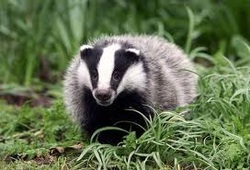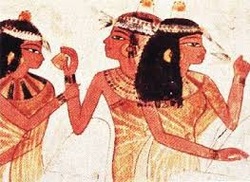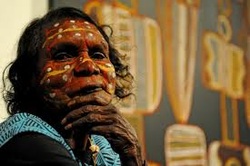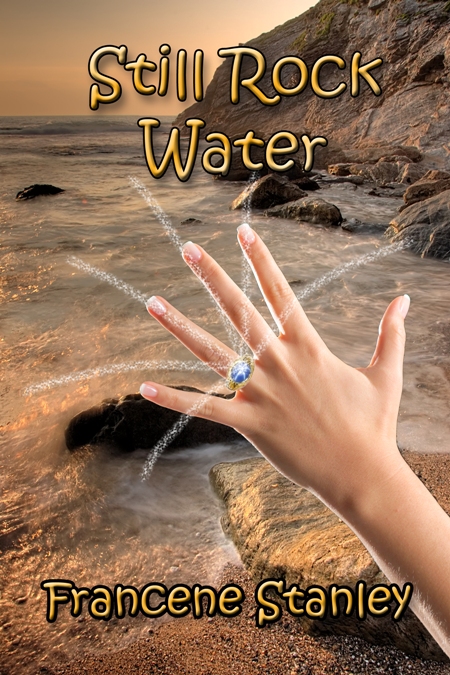 www.independant.co.uk
www.independant.co.uk Wildlife protestors marched in London yesterday, calling on the UK Government to abandon the badger cull. They say the cull will not be cost-effective.
Farmers believe these gentle animals with their striking faces spread TB and have led to rising numbers of infected cattle being slaughtered every year.
The badger looks as if a wide black stripe has been painted from its nose to accentuate the eyes. Humans tend to liken animals' looks or behavior to their own. Mankind has a long history of using make-up to fit in with the fashion or culture of the time.
~A brief history of make-up.
From the copper and lead ore that the ancient Egyptians used to create the world's first cosmetics to the scientifically advanced products of today that can do everything from hide pores, smooth complexions, and turn the pale green of your eyes a vivid shade of emerald, makeup has been an integral part of humankind for thousands of years. Over the centuries, women used burnt matches to darken their eyes, berries to stain their lips and young boys' urine to fade their freckles. They even swallowed ox blood in some misguided attempt to improve their complexions.
Women throughout history put their health at risk with many of their homemade cosmetics. In some cultures, for example, women used arsenic, lead, mercury, and even leeches to give themselves the pale appearance deemed beautiful in the old days. Thankfully, we've come a long way from the days of using toxic and deadly mixtures to enhance our looks.~
 beautifulwithbrains.com
beautifulwithbrains.com Archaeological evidence of cosmetics dates at least from ancient Egypt and Greece. According to one source, early major developments include the use of castor oil in ancient Egypt as a protective balm and skin creams made of beeswax, olive oil, and rosewater described by the Romans. The Romans and Ancient Greeks also used cosmetics. Cosmetics are mentioned about Jezebel in the Old Testament in approx. 840 BC. The book of Esther describes various beauty treatments as well.
The use of cosmetics in Ancient Egypt is well documented. Kohl and henna have their roots in north Africa. Remedies to treat wrinkles were recorded at the time of Thutmosis III, containing ingredients such as gum of frankincense and fresh moringa.
In Islamic law, there is no prohibition on wearing cosmetics, but they must not be made of substances that would harm one's body.
In Japan, geisha wore lipstick made of crushed safflower petals to paint the eyebrows and edges of the eyes as well as the lips, and sticks of wax were used by geisha as a makeup base. Rice powder colored the face and back; rouge contours the eye socket and defines the nose. Sometimes they painted their teeth black. The geisha would also sometimes use bird droppings to lighten skin.
 www.washingtonpost.com
www.washingtonpost.com Spanish prostitutes wore pink makeup to contract pale skin and 13th century Italian women wore red lipstick to show their upper class.
Some Native American, and Australian aboriginal tribes painted their faces for ceremonies.
The beleaguered badger uses no such enhancements. He wears the face he was given.
I feel the same way. What is the point of following trends which change with passing whims? I liked my face from the time I could appreciate it in the mirror and saw no necessity to improve it as a teen, apart from wearing lipstick. I could never bear the feeling of clogged skin as I advanced to adulthood. With no time to apply it during the early days of motherhood, I advanced to middle age before my sister showed me how much better I could look if I wore make-up. Now, as age advances, I'm inclined to dig my heels in. Men don't need cosmetics to be accepted as who they are. Neither will I.

 RSS Feed
RSS Feed






